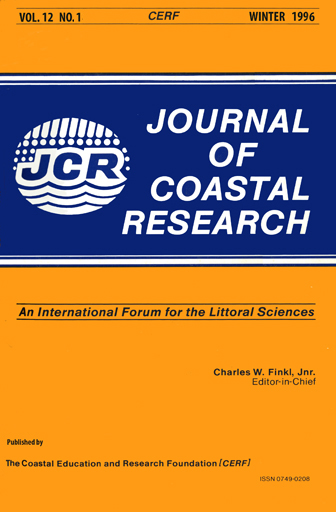Historical Changes in the Tidal Marsh of Tomales Bay and Olema Creek, Marin County, California
Keywords:
Coastal environmental change, marshland, human impact, stream incisionAbstract
Maps of the Tomales Bay and Olema Valley region, located 65 km north of San Francisco, were first published about 1860. We compared these maps with more recent topographic maps to determine geomorphological changes in the tidal marsh at the head of Tomales Bay and within the lower reach of Olema Creek, one of its tributaries. The accumulation of a significant volume of sediment in Tomales Bay is documented by shoreline progradation between 1862 and 1954, with the bulk occurring before 1918. This deposition probably reflects landscape instability caused by the introduction of livestock, agriculture, and non-native vegetation and by intensive logging within the watershed. The depositional history of Tomales Bay is undoubtedly similar to that of Bolinas Lagoon, another submerged part of the San Andreas fault zone closer to San Francisco.
Map comparisons show that the downstream reach of Olema Creek actively meandered across its floodplain until the early 1920's. Stratigraphic evidence for a late Holocene channel of Olema Creek 300m west of its present position was exposed in trenches near the town of Olema. This buried channel and its associated overbank deposits confirm that until recently the Olema Creek floodplain was a naturally aggrading environment. Presently, the channel of Olema Creek is entrenched several meters into its floodplain. This incision probably was triggered by artificially straightening the channel near its mouth, causing the gradient to increase.


